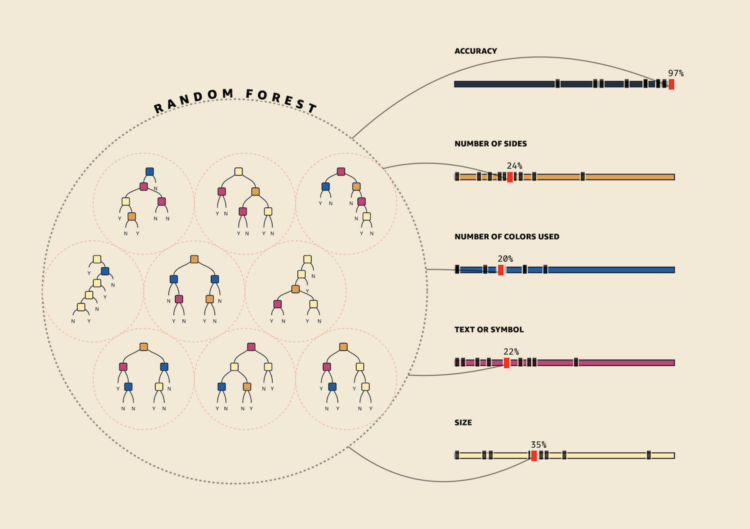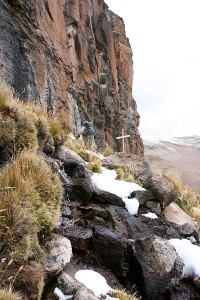Chris Gilliard, for The Atlantic, describes self-surveillance that people pay for in exchange for small conveniences at the expense of privacy:
The conveniences promised by Amazon’s suite of products may seem divorced from this context: I am here to tell you that they’re not. These “smart” devices all fall under the umbrella of what the digital-studies scholar David Golumbia and I call “luxury surveillance“—that is, surveillance that people pay for and whose tracking, monitoring, and quantification features are understood by the user as benefits. These gadgets are analogous to the surveillance technologies deployed in Detroit and many other cities across the country in that they are best understood as mechanisms of control: They gather data, which are then used to affect behavior. Stripped of their gloss, these devices are similar to the ankle monitors and surveillance apps such as SmartLINK that are forced on people on parole or immigrants awaiting hearings. As the author and activist James Kilgore writes, “The ankle monitor—which for almost two decades was simply an analog device that informed authorities if the wearer was at home—has now grown into a sophisticated surveillance tool via the use of GPS capacity, biometric measurements, cameras, and audio recording.”
Tags: Amazon, Atlantic, Chris Gilliard, privacy






